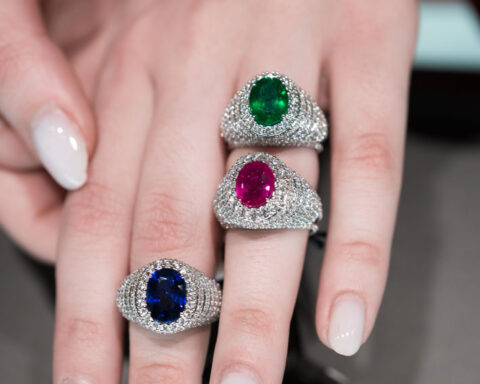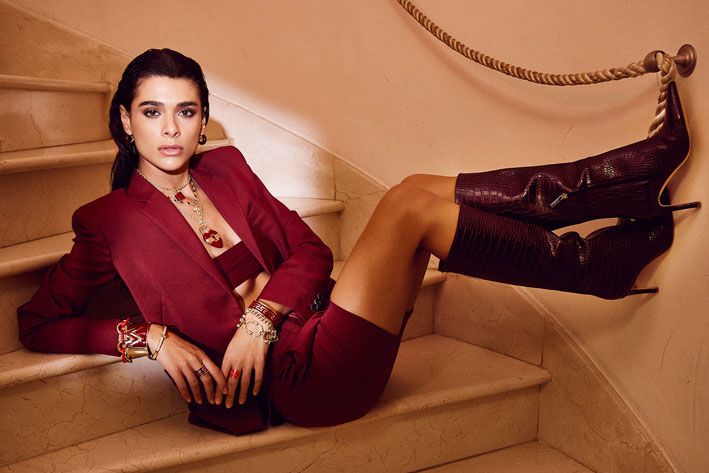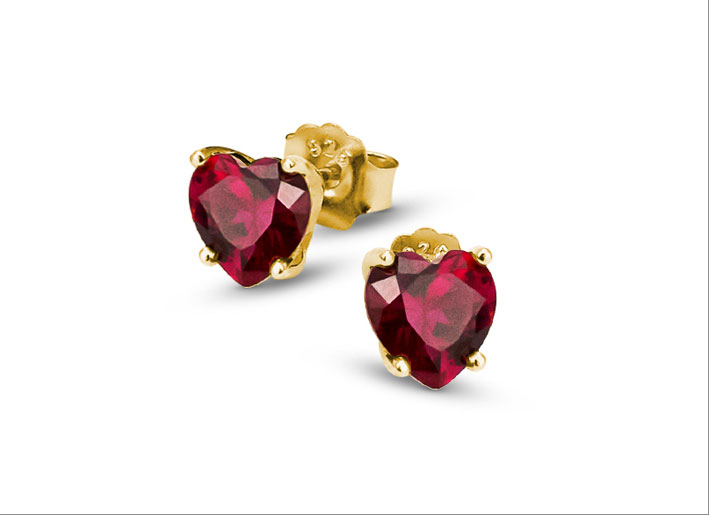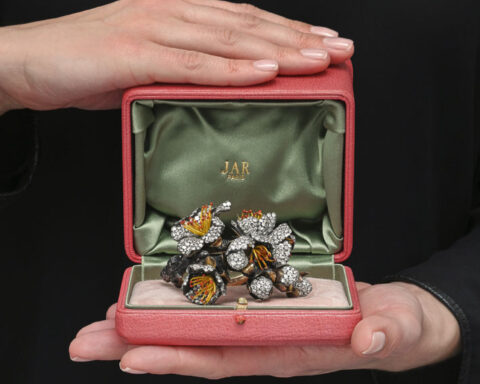Are synthetic diamonds, usually defined as grown in a laboratory, a scam or an opportunity for the consumer? Depends. The thorny issue has divided the jewelry world for some years. And some, even a brand like De Beers, ended up choosing Solomonically to sell both. The topic is hot and was addressed during one of the talks organized at Vicenzaoro January. The results of a survey by Format Research added fuel to the fire.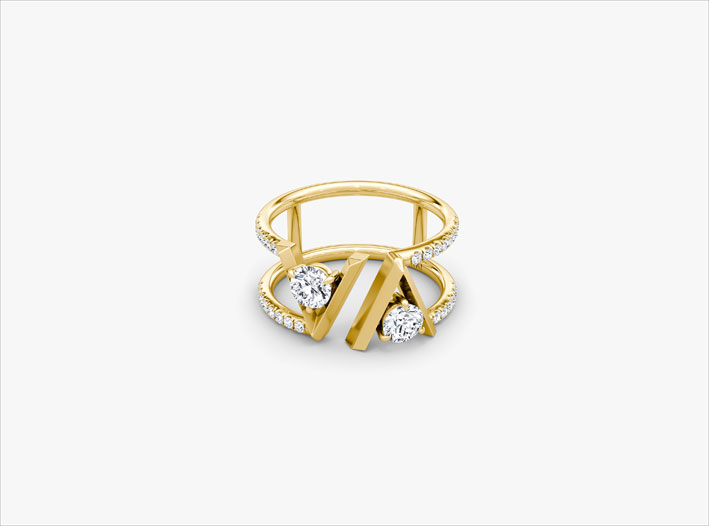
The research was carried out on a significant sample of Italian consumers, with a focus on the perception between synthetic and natural. The study was aimed at citizens over the age of 25 who in the last three years have purchased a diamond (natural or synthetic) or who would have liked to purchase one. The interviews with consumers (200 cases) were carried out via the CAWI (Computer Aided Web Interview) System in the period between 18 and 22 December 2023. The qualitative interviews with jewelers (34 cases) were carried out via the CATI (Computer Aided) System Web Interview) in the period between 2 and 11 January 2024.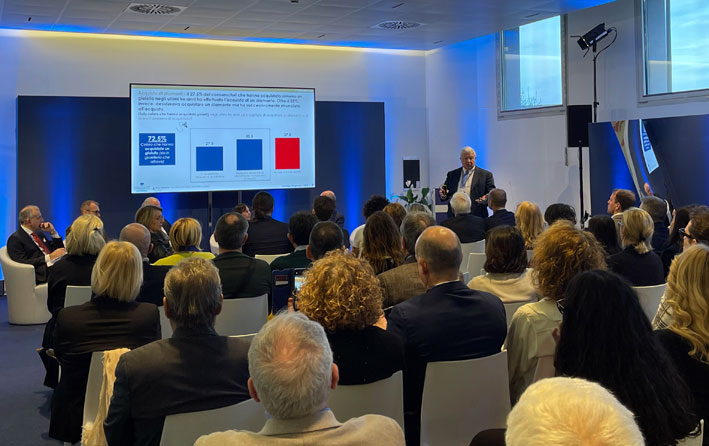
First data: 27.5% of consumers who have purchased at least one piece of jewelery in the last three years have opted for a diamond. Over 35%, however, wanted to buy a diamond, but subsequently gave up on the purchase: the renunciation was mainly caused by the excessive cost of diamonds (77.5% of cases). The research also established that 86.5% of consumers are aware of synthetic diamonds or have heard of them. Advice from jewelers, industry experts (42.2%) and online searches on specialized websites (38.5%) are the main channels through which consumers have acquired information on synthetic diamonds.
Of those who purchased a diamond, 80% chose a natural gem, 20% a synthetic stone. 55% of those who purchased a natural diamond did so because the stones have a lasting value due to their rarity and uniqueness and 42.5% because they preserve and increase their value over time. Among other things, this is also what 88.2% of the jewelers interviewed think.
The main reasons why consumers purchased synthetic diamonds are essentially two: it is impossible to see the difference with a natural gem with the naked eye (60%) and the more accessible price (50.5%): multiple answers were allowed.
And the jewelers? 23.5% of those interviewed sell synthetic diamonds. OF these, 14.7% say they sell them in limited quantities compared to natural diamonds. 76.5%, however, do not sell synthetic diamonds. The survey also shows that nine out of ten diamonds sold in Italy by jewelers in the last year are natural diamonds. The remaining 10% of sales, however, concern synthetic diamonds. Italian jewelers also have a very bad opinion of synthetic diamonds: around 53% of jewelers consider synthetic diamonds to be “fake”, as they are created in a laboratory. And over 85% of jewelers believe that the synthetic diamond does not represent the future of diamond.
Finally, according to over 73% of jewelers, many customers have limited knowledge about the difference between natural and synthetic diamonds but tend to prefer natural diamonds for traditional or emotional reasons. «The consumer is not able to distinguish between synthetic and natural diamonds. Only the professionalism, ethics and storytelling ability of the jeweler can make the difference”, commented Pierluigi Ascani of Format Research.
The picture that emerges from the research conducted for the Federpreziosi Confcommercio Observatory offers, in fact, many food for thought. If in the USA the synthetic diamond seems to be gaining more and more space, in Italy and, perhaps, in Europe, the laboratory gem has not yet taken root. «Starting from the jeweler’s point of view, from reading the data the belief seems to prevail that only the professional jeweler can be a point of reference for the customer», is the comment of Stefano Andreis, president of Federpreziosi. «The customer today is quite informed, but marketing operations often do not help to clarify. Anyone who is ready to purchase a diamond, however, has typically made the ethical choice of him; it is then up to the jeweler to guide the customer towards the best choice”, is the analysis of Steven Tranquilli, director of Federpreziosi.
And according to the president of the Italian Association of Gemologists Rinaldo Cusi, «to know and be able to describe the diamond it is necessary to move between Science and History, so as to be able to make the appropriate distinctions and attribute the correct symbolic value». Finally, the jeweler and gemologist Davide Bolzoni believes it is important to insist on the correct terminology when talking about natural and synthetic diamonds: «It is important to make yourself clearly understood by your customers, highlighting the appropriate differences, for example between artificial and synthetic, without boring them, but with precision and balance. This applies when talking about physical characteristics as well as ethical issues and sustainability. Accuracy and the ability to arouse emotions must also be part of the story.” I agree with Loredana Prosperi, director of the Laboratory of the IGI-Italian Gemological Institute, according to which «the history of synthetic diamonds was born way back in 1954, the same year in which the Vicenza Goldsmith Fair was born, and it is interesting to retrace the stages to discover how from the beginning the jeweler’s professionalism was of fundamental importance in correctly orienting consumers. Today more than ever also on ethical and sustainability issues.”






